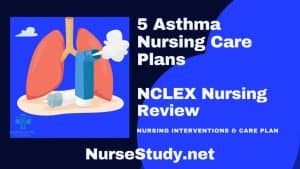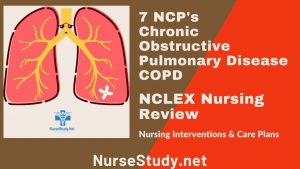Pulmonary Edema Nursing Diagnosis & Care Plans (5 Examples)
Pulmonary edema is a life-threatening condition where fluid accumulates in the lungs’ air sacs, leading to impaired gas exchange and breathing difficulty. It often develops suddenly and requires prompt nursing assessment and intervention. There are two main forms of pulmonary edema: cardiogenic (due to heart problems like left-sided heart failure or myocardial infarction) and noncardiogenic … See Nursing Diagnoses




